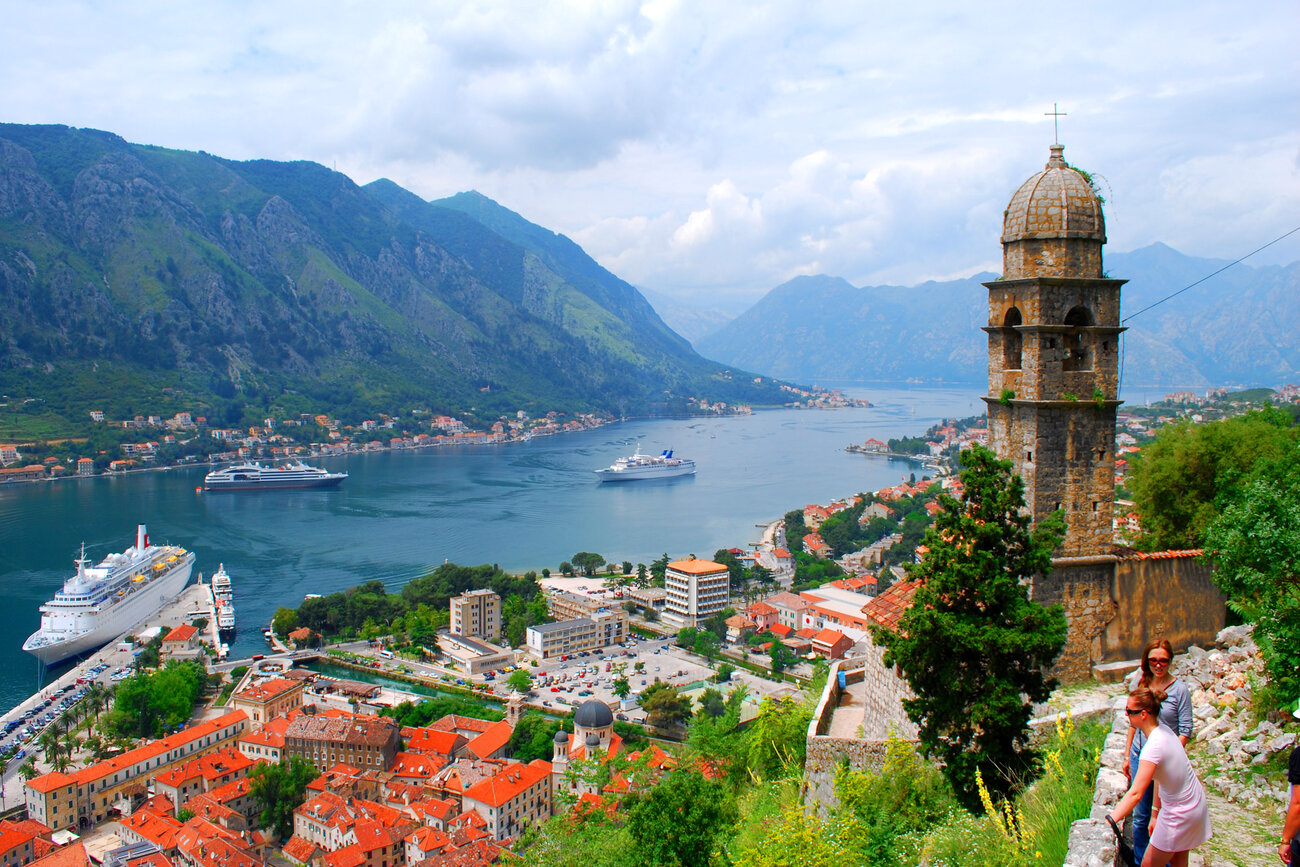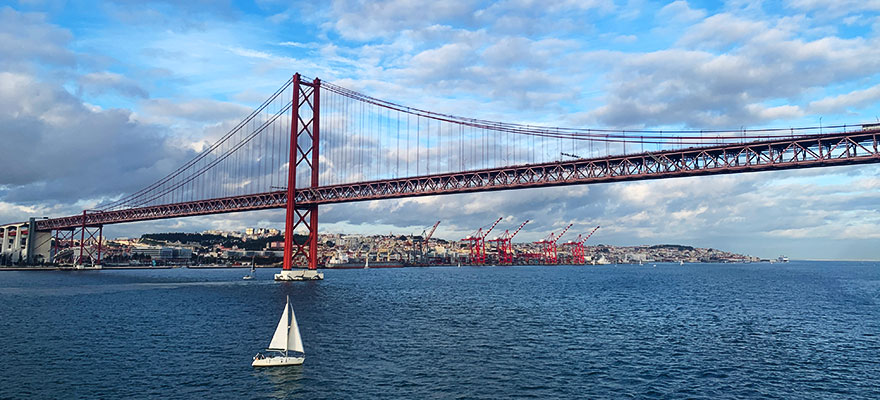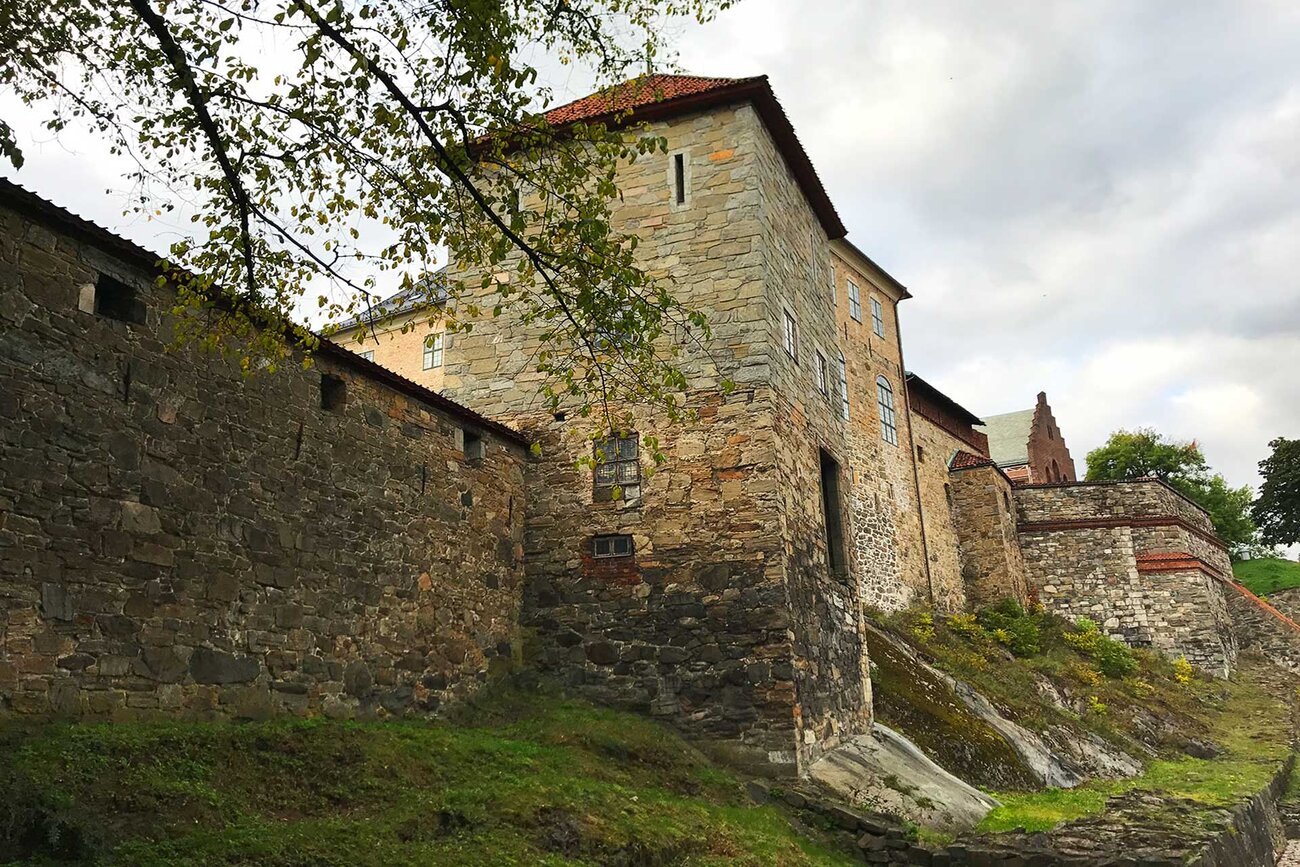Kotor, Montenegro is a really invigorating place and the type where you won’t get tired even if you spend the whole day walking around its sights. Maybe it’s the refreshing backdrop of nature or the laidback setting of the medieval city. Maybe it’s the vibrant history surrounding the place, or the passionate culture of the locals. Whatever it is, Kotor is something that’s worth your visit any time of the year!
Planning to visit Kotor? Follow me as I wander around Kotor’s Old Town and explore its priceless treasures.
Piazza of the Arms (Kotor’s Main Square)
 Passing through the town’s Main Gates, I arrived at the main square — the Piazza of the Arms. Piazza of the Arms which was (and still is) the main site of gatherings in the town. As Kotor strives to cater to tourists, the area is laden with cafes, restaurants, and shops. Aside from this, it’s also surrounded by palaces dating back to the 18th and 17th centuries.
Passing through the town’s Main Gates, I arrived at the main square — the Piazza of the Arms. Piazza of the Arms which was (and still is) the main site of gatherings in the town. As Kotor strives to cater to tourists, the area is laden with cafes, restaurants, and shops. Aside from this, it’s also surrounded by palaces dating back to the 18th and 17th centuries.
On one side is the old theater and town hall, which is now the Hotel Cattaro. There’s also a Clock Tower that dates back to the early 1600s, and Rector’s Palace. This abundance of living artifacts justifies Kotor’s place as a UNESCO World Heritage Site.
One of the more interesting structures around here is a pyramidal structure standing at the base of the Clock Tower. Called the Pyramid of Shame, it was used for torture and punishment in the Middle Ages. You can’t feel the horror as you step in today, what with the touristy atmosphere, but at one time this was the most repulsed part of the town!
The Walls of Kotor
 Like any other European Old Town, one of the most distinct characteristics of Kotor is its impressive network of fortifications. Rows of walls, many still intact, are punctuated by towers, gates, and citadels.
Like any other European Old Town, one of the most distinct characteristics of Kotor is its impressive network of fortifications. Rows of walls, many still intact, are punctuated by towers, gates, and citadels.
There is also a castle and surrounding buildings. Some of these, like Castle St. John, had been in existence since the 6th century. Some others are the fruits of painstaking preservation and restoration efforts, especially since a good part of the fortifications were damaged by a huge earthquake in 1969.
When you set foot in Kotor, it’s impossible not to notice the rustic beauty of these structures. Following the upward slope of the landscape, the walls are silhouetted against the sky. And if you’re not content to be at the bottom looking up, you can make your way up the ramparts for a stunning view of the town. It’s one of those times when man’s creations only serve to enhance the beauty of the nature around it!
Palaces and Churches
The town’s palaces are not just those located around the main square — they pepper the city, giving an insight into the relative affluence of Montenegro since the Middle Ages.
There is, for example, the Prince’s Palace and the Baroque-style Maritime Museum which was once the Grgurina Palace. There is also the Buća Palace, belonging to the influential Buca family. The Gothic structure was originally built in the 14th century but was reconstructed into a far more modest-looking structure in the 1600s after an earthquake damaged the original. The only remnant of the original structure is a window on the western side that can be only seen from the walls.
Across Buća is the Pima Palace, which completely eclipsed its neighbor in beauty. It was built from dust as the Buća was being renovated, and its Renaissance-Baroque structure is a must-see. It still bears the coat of arms of the Pima family for whom it was named.
And just like in Dubrovnik, if you really want to see elaborate architecture in this Old Town you should best head for the churches. I visited the little St. Luke’s Church, whose petite structure belies a rich religious history. Constructed by Catholics before the 1200s, it held two altars from the late 1600s to the beginning of the 1800s: one Catholic, and one Orthodox. Each faith took turns in using the church for its services! Sadly, this custom came to end.
The St. Nicholas Church, whose present incarnation was completed only in the 20th century. The original one fell after a fire consumed it years before. This is currently the largest church in Kotor and contains a mini-museum of artifacts, books, documents, and ancient items.
If you are visiting Kotor onboard a cruise ship, there’s a chance you’ll get a little treat before heading out to the open sea – sort of a ‘One-Last-Look’ sightseeing of Kotor’s priceless treasures during sail off. Here, you’ll get a good 360-degree view of Our Lady of the Rock and St. George islands, two small islands adjacent to each other.
Located in the mesmerizing Bay of Kotor, Our Lady of the Rock contains a museum and a church. What’s really remarkable about it is that it’s an artificial island, made of sinking ships and rocks. St. George, on the other hand, contains a monastery and served as the graveyard for the region’s old nobility.











1 comments On Kotor, Montenegro | Exploring The Old Town’s Priceless Treasures
Pingback: Dubrovnik Old Town | Eight Interesting Spots To Explore | The Poor Dad ()